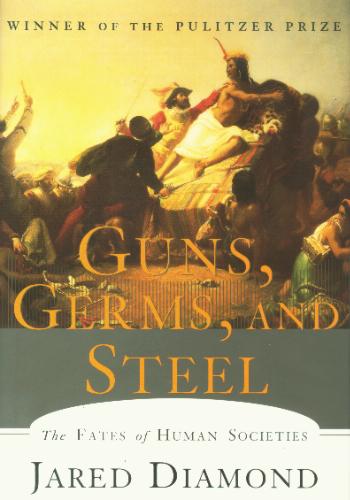>US/AZ Government
>World History
>Nogales High School Web Page
Class stuff...
>A letter to
my students
>Course
Guide in PDF
>Photos of Old
Nogales
>Socartic
Seminar Grading
>The
Habits of Mind, Heart and Effectiveness
>Position
Papers
Constitution Info
>The
Founders' Constitution
>The
Federalist Papers
>Constitution Basics
>The Constitution
Society
>Arizona Legislature
>Alexis de Tocqueville, Democracy in America
http://www.amazon.com/gp/reader/0393061310/ref=sib_dp_pt#reader-link
|
Guns, Germs and Steal
and 'Round the World Game |
 |
| 9/23 |
|
| 9/24 |
|
| 9/25 to 9/30 |
|
| 10/1 and 10/2 |
|
| 10/19 |
Early Humnas Unit |
|
AZ Social Studies Standards Strand 4: Geography Concept 1: The World in Spatial Terms PO 1. Construct maps using
appropriate elements (i.e., date, orientation, grid, scale, title,
author, index, legend, situation). Concept 2: Places and Regions PO 1. Identify the characteristics that define a region: a. physical processes such as climate, terrain, and resources b. human processes such as religion, political organization, economy, and demographics PO 2. Describe the factors (e.g., demographics, political systems, economic systems, resources, culture) that contribute to the variations between developing and developed regions. PO 3. Examine geographic issues (e.g., drought in Sahel, migration patterns, desertification of Aral Sea, spread of religions such as Islam, conflicts in Northern Ireland/Ireland, Jerusalem, Tibet) in places and world regions. PO 4. Analyze the differing political, religious, economic, demographic, and historical ways of viewing places and regions. PO 5. Examine how the geographic characteristics of a place affect the economics and culture (e.g., changing regional economy of the sunbelt, location with respect of natural hazards, location of Panama Canal, Air Force Bases in Arizona). PO 6. Analyze how a region changes over time (e.g., U.S./Mexico border, Europe from World War I to the development of European Union, change from pre- to post-colonialism in Africa, Hong Kong). Concept 6: Geographic Applications PO 1. Analyze how geographic knowledge, skills, and perspectives (e.g., use of Geographic Information Systems in urban planning, reapportionment of political units, locating businesses) are used to solve contemporary problems. PO 2. Analyze how changing perceptions of places and environments (e.g., where individuals choose to live and work, Israeli settlements, role of military bases, Viking colonization and naming of Iceland) affect the choices of people and institutions. Language Standards: The student will: • Consistently determine the meaning of content area vocabulary using an expanded range of Greek and Latin roots and affixes. (10R 1-4: PO1; 12R 1-4: PO1) • Determine the meanings, pronunciation, syllabication, synonyms, antonyms, parts of speech, and correct spellings by using dictionaries, thesauri, glossaries, CD-Rom, and the Internet when available. (10R 1-4: PO5) |